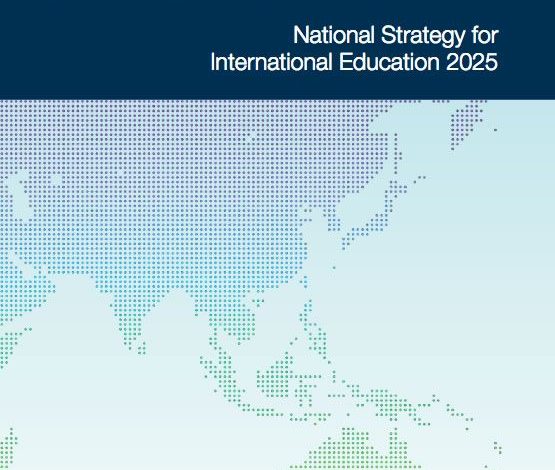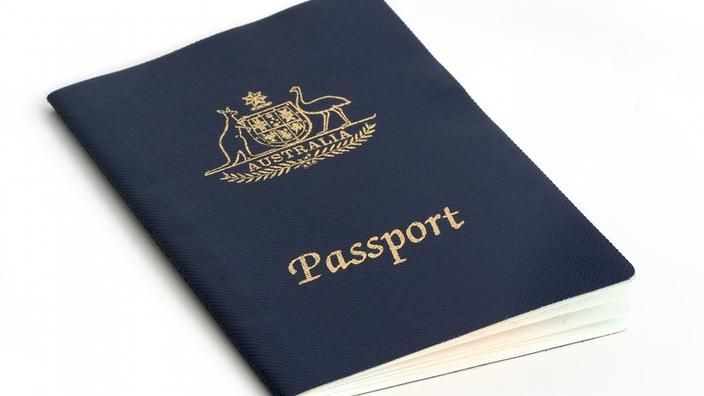A former trainer has been ordered to pay $120,000 for providing her employer with 11 bogus vocational education and training (VET) qualifications, providing another two bogus qualifications to a co-worker and submitting false qualifications to the national regulator as proof of her competency.
The Australian Skills Quality Authority (ASQA) successfully obtained declarations from the Federal Court that Synthia Dee M Restar of Beecroft, New South Wales, fabricated the qualifications in contravention of the National Vocational Education and Training Regulator Act 2011.
Between January 2012 and April 2014, Ms Restar fabricated qualifications in aged care, disability and business management in her own name and provided each to her employer as legitimate qualifications. She also provided three of the bogus qualifications to an ASQA auditor in support of an application to become a registered training organisation (RTO).
Ms Restar also fabricated two aged care qualifications for a co-worker and falsely represented those qualifications to be legitimate.
ASQA Chief Commissioner Chris Robinson said the bogus qualifications were uncovered during an ASQA investigation.
“As a result of this investigation, ASQA cancelled the registration of the RTO in question and used the powers available to it to pursue Ms Restar for her wrongdoing,” Mr Robinson said.
Mr Robinson said ASQA had been building its investigative capabilities during the past 18 months.
ASQA is determined to use the powers available to it to ensure learners are getting high quality training and assessment which provides them with the skills that employers are looking for.
The authority has close to 100 officers – including many with specialist investigative skills and experience – who are applying regulatory scrutiny to RTOs across Australia each and every day.
“ASQA will continue to target its resources at RTOs providing poor quality training and seek to remove them from the sector and, where appropriate, seek criminal or civil prosecutions.”
For more Information, visit ASQA’s website: http://www.asqa.gov.au/news/3083/heavy-penalty-for-bogus-qualification.html



























